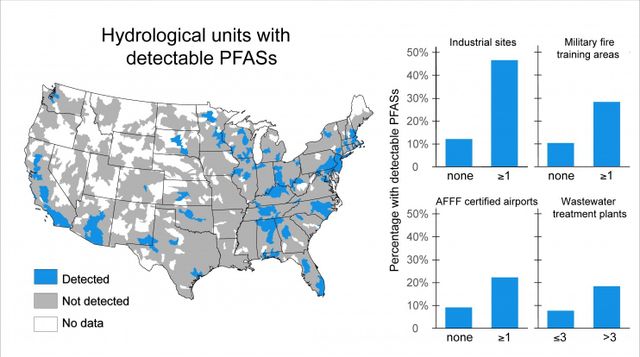Brief description: Designed to prepare the next generation of global leaders, Schwarzman Scholars is the first scholarship created to respond to the geopolitical landscape of the 21st Century.
Application Deadlines: 15th September 2016 (annual)
Offered annually? Yes
Eligible Countries: All
To be taken at (country): Tsinghua University, Beijing, China (students live and study together on the campus of Schwarzman College, a newly-built, state-of-the-art facility, where all classes will be taught in English.)
Fields of Study: Masters degree programmes in one of these three disciplines:
- Public Policy
- Economics and Business
- International Studies
What will be taught: Business, Social sciences, Leadership skills
About the Award: Enrolling the inaugural class in 2016, the program will give the world’s best and brightest students the opportunity to develop their leadership skills and professional networks through a one-year Master’s Degree at Tsinghua University in Beijing – one of China’s most prestigious universities.
With a $350 million endowment, Schwarzman Scholars will be the single largest philanthropic effort ever undertaken in China by largely international donors. The extraordinary students selected to become Schwarzman Scholars will receive a comprehensive scholarship.
Schwarzman Scholars was inspired by the Rhodes Scholarship, which was founded in 1902 to promote international understanding and peace, and is designed to meet the challenges of the 21st century and beyond. Blackstone Co-Founder Stephen A. Schwarzman personally contributed $100 million to the program and is leading a fundraising campaign to raise an additional $350 million from private sources to endow the program in perpetuity. The $450 million endowment will support up to 200 scholars annually from the U.S., China and around the world for a one-year Master’s Degree program at Tsinghua University in Beijing, one of China’s most prestigious universities and an indispensable base for the country’s scientific and technological research. Scholars chosen for this highly selective program will live in Beijing for a year of study and cultural immersion, attending lectures, traveling, and developing a better understanding of China.
Type: Masters Degree
Offered Since: 2015
Eligibility: The following criteria must be met by all candidates:
- Undergraduate degree or first degree from an accredited college or university or its equivalent. Applicants who are currently enrolled in undergraduate degree programs must be on track to successfully complete all degree requirements before orientation begins in 1 August 2017. There are no requirements for a specific field of undergraduate study; all fields are welcome, but it will be important for applicants, regardless of undergraduate major, to articulate how participating in Schwarzman Scholars will help develop their leadership potential within their field.
- Age. Applicants must be at least 18 but not yet 29 years of age as of 1 August 2017
- Citizenship. There are no citizenship or nationality requirements
- English language proficiency. Applicants must demonstrate strong English Language skills, as all teaching will be conducted in English. If the applicant’s native language is not English, official English proficiency test scores must be submitted with the application. Acceptable test options are:
- Test of English as a Foreign Language (TOEFL PBT)
- Internet-based Test of English as a Foreign Language (TOEFL iBT)
- International English Language Testing System (IELTS)
This requirement is waived for applicants who graduated from an undergraduate institution where the primary language of instruction was English for at least three years of the applicant’s academic program.
Candidate must also be at least 18 but not yet 29 years of age as of 1 August 2017
Number of Awardees: Up to 200 exceptional men and women will be accepted into the program each year. The class that begins in summer 2017 will include 125 scholars, and the program will grow to include up to 200 students in coming years. About 45% of the first class will come from the United States, 20% from China, and 35% from the rest of the world.
Value of Scholarship: Semi-finalist interview expenses, such as economy class air or train travel, group meals and one night in a hotel if needed, will be arranged and covered by the program. Expenses for successful Schwarzman Scholars are also FULLY covered by the program.
It will include Tuition and fees, Room and board, Travel to and from Beijing at the beginning and end of the academic year, An in-country study tour, Required course books and supplies, Lenovo laptop and smartphone, Health insurance, and A modest personal stipend.
Duration of Scholarship: 1 year
How to Apply: There is no fee associated with applying to the Schwarzman Scholars program. To apply, you will need to complete and successfully submit an online application form, including all required documents and essays before the deadline date.
Visit the official website (link below) for complete information on how to apply to this scholarship programme.
Award Provider: Schwarzman Scholars
Important Notes: Finalists will be invited to interview in Bangkok (October 28th), London (November 2nd), or New York (November 7th) and will be notified of their acceptance in mid-November of 2016.
